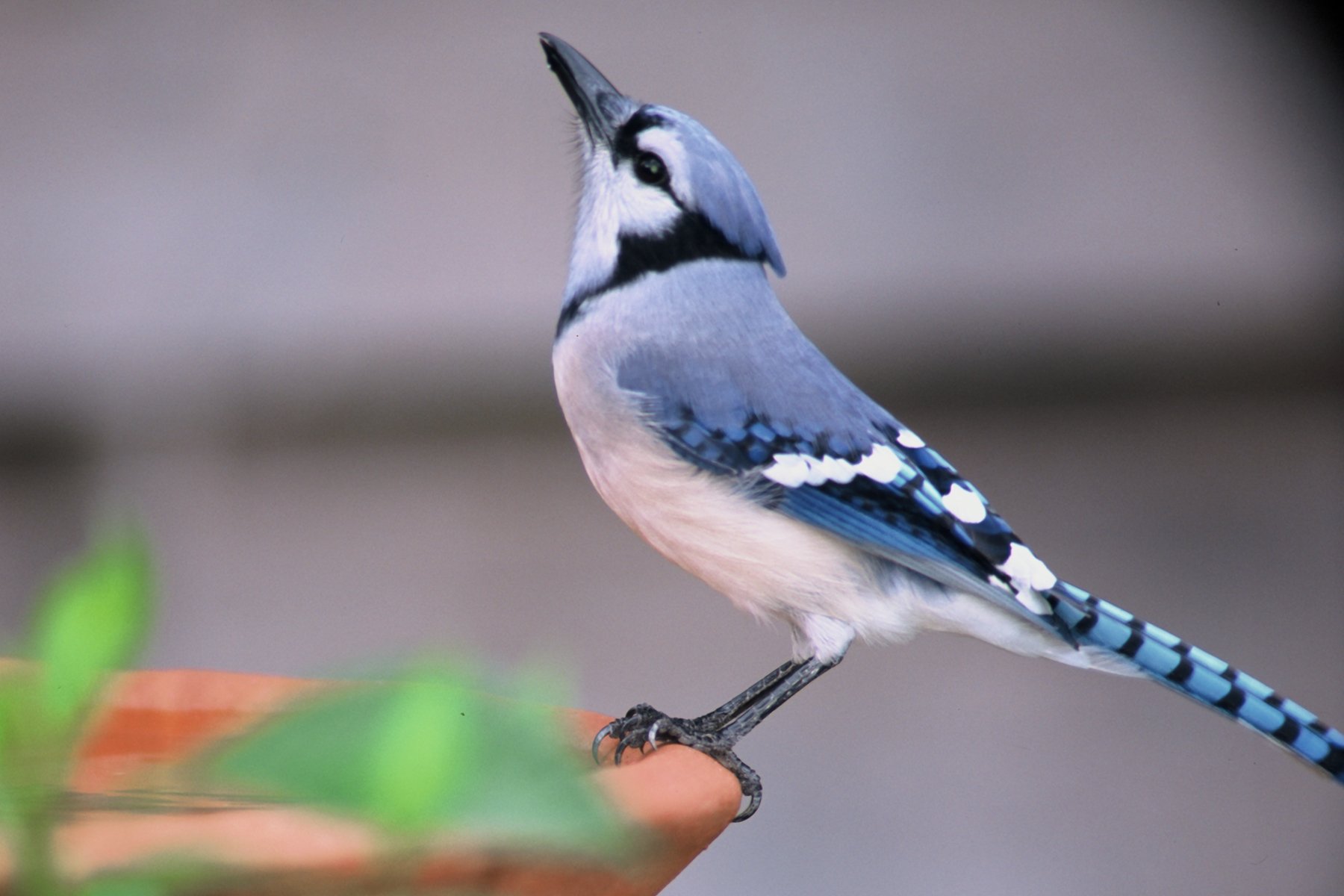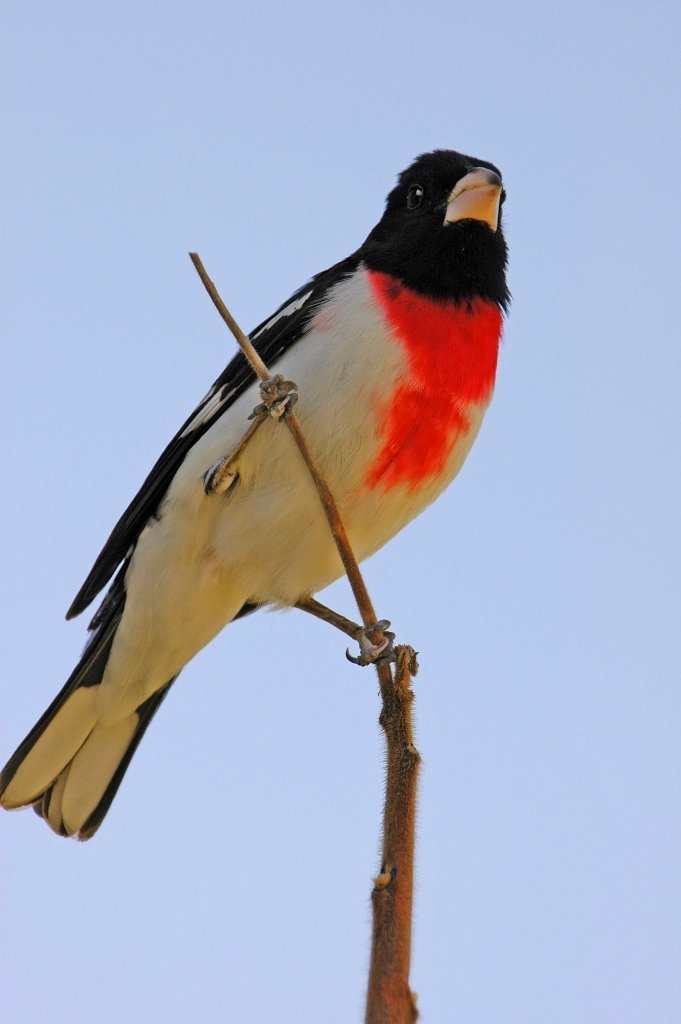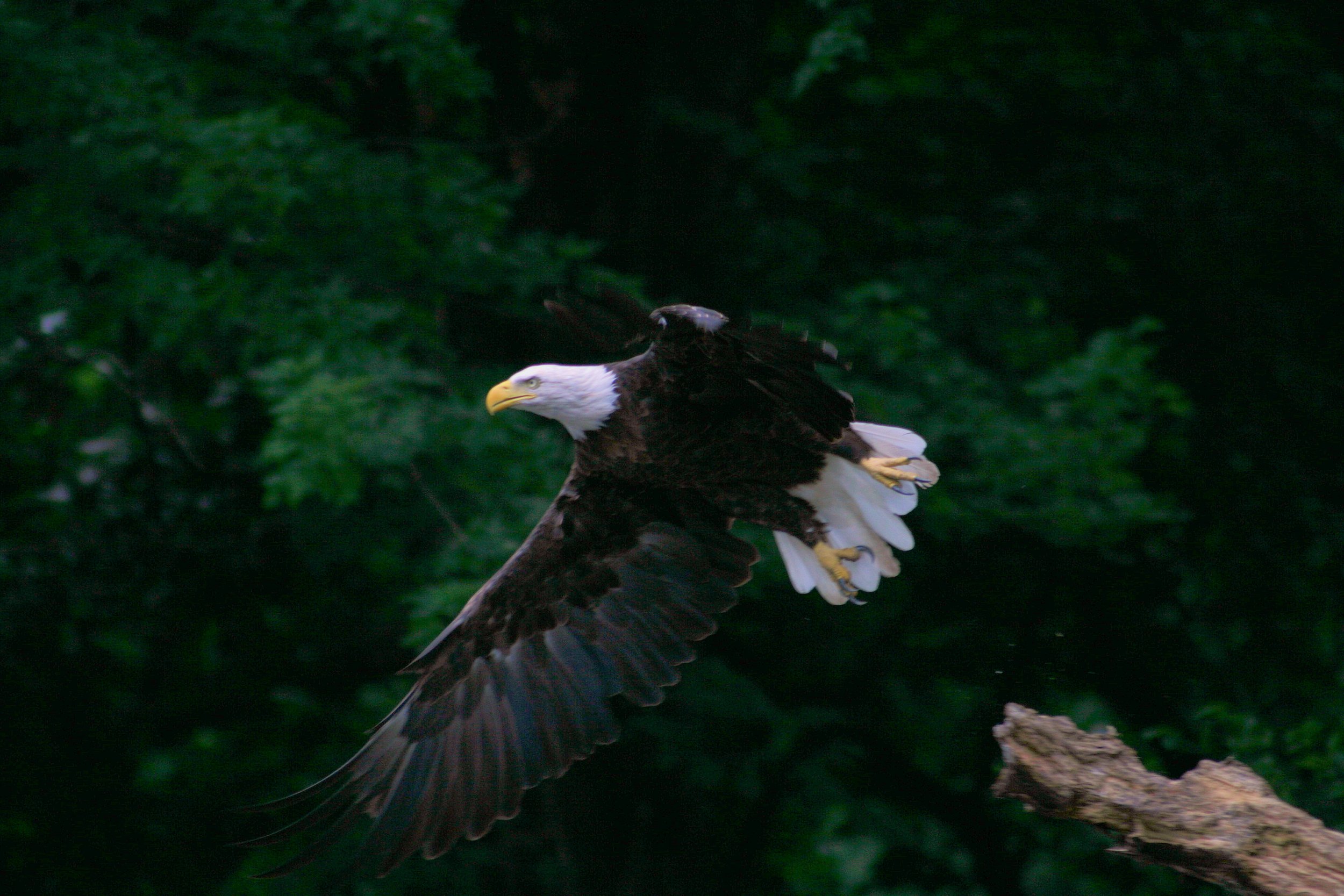Waking Up the Wild: Winter’s End in the Heart of the Mississippi
By Delaney Farwell, Community Forestry Member, Mississippi Park Connection
As the trees begin to leaf out and the spring ephemerals pop up, we can easily see spring coming in various ways. Whether it be sneezing and itchy eyes from pollen or being able to leave the windows open the entire day, there is a marked difference in how everything feels in this transitory time. We tend to start acting differently, too. We pick up the running shoes that have been left in the closet all winter, grab a tennis racquet or pickleball paddle, or request to sit on the patio during brunch because it’s just so nice out. While we emerge from winter’s embrace, the critters in the Mississippi River corridor are beginning to prepare for spring as well.
Throughout the winter, it is much harder for animals to find food. Trees are bare, shrubs are reduced to spindly sticks, and (usually) the environment is blanketed in snow. There are so many ways that animals have adapted to harsh winter conditions, one of them being hibernation. Hibernation is the act of an animal slowing its bodily processes down so it does not have to use energy to eat or metabolize. It is more intense than sleeping for animals that truly hibernate, it’s almost like they’re in a coma. That said, there are some animals that go into periods of torpor which is usually a daily, quicker period of inactivity. Smaller animals tend to go into torpor because they lose heat so quickly it would be dangerous for them to deeply hibernate.
Little Brown Bat / Myotis lucifugus
One small animal who lives in Minnesota that is actually a true hibernator is the little brown bat, or Myotis lucifugus. A once commonly observed bat species, it is now endangered in Minnesota as it has been affected by White-nose syndrome, a fungus that can sometimes wake bats up while they are hibernating. This action can often be deadly as the bats then use up all their fat reserves too early. These bats are obligatory cave hibernators so they only overwinter in caves or mines (Bats of Minnesota). When many bats emerge, the parenting duties begin for the females. They immediately move to a large tree or other cave so that they have a warm and stable environment to begin raising their young. They huddle together to keep warm and the group of female bats forage for each other while the male bats remain in hibernation (Waking From Hibernation, the Hard Work of Spring Begins).
When animals come out of hibernation, they have typically lost a significant amount of weight since they have been surviving on stored body fat, also known as brown fat. This means they are usually very, very hungry and have to use energy they don’t have very much of to find food. They are also generally sleep deprived as they have to use a huge amount of energy to wake themselves up, whether it be at the end of their hibernation or multiple times throughout the season. Leaving hibernation is not a very enjoyable experience and is quite hard on the bodies of the animals, so it takes them a while to adjust back to everyday life.
Hibernation is not the only adaptation animals have relied on to survive harsh winter months. Many other animals use migration as a strategy to cope with winter. Migration allows animals to make some sort of journey to find better food or better breeding conditions. It also provides a more suitable environment for animals who can’t withstand a Minnesota winter. Monarch butterflies are one of the critters in Minnesota that is a migrator; Minnesota monarchs spend their winters in Mexico. The new generation of monarchs will have never been to Mexico, yet they still know where to go and how to get there. When they migrate back to the north, the migration generation reproduces and successive generations make their way back with their fat reserves depleting the whole way. The monarchs leave Mexico mid-March and make their way back to Minnesota in the summer months, so they spend quite a few months traveling.
Some of our favorite backyard birds will be coming back to Minnesota as winter passes. Minnesota happens to be the end of the migratory journey for many birds and the Mississippi River is a migratory corridor. Initial signs of spring wildlife could be eagles and hawks, followed by short distance migrants like American Robins and Eastern Bluebirds who spend their winters in the southern United States, and then finally the long-distance migratory birds like warblers and grosbeaks who come from Central or South America (Talking Minnesota’s Migratory Birds with U of M). They will be back sooner than we know it and ready to populate our bird feeders once again!
Here at Mississippi Park Connection, we focus a lot on trying to create resilient forest systems in the face of a changing climate, and we are very well aware of the damage climate change is capable of causing. Climate change affects the environmental signals that these animals have previously relied on to trigger their hibernation. It can also affect their food stores or, if there continues to be winters as mild as this one, they may wake up too early and be left without robust food sources. Since our ecological systems are so complex and interconnected, it’s possible that shifting hibernation patterns could be a benefit to some organisms and a drawback to others. But unfortunately only time will tell how animals adapt to a changing climate, a sooner spring, or a wet and snowy winter.
As you do some spring cleaning and prep for the beautiful days ahead, think about the animals who are doing much of the same. Keep an eye out for more wildlife and budding plants in the days ahead and welcome back to bustling life the floodplain forest ecosystem we’ve all come to know and love.







